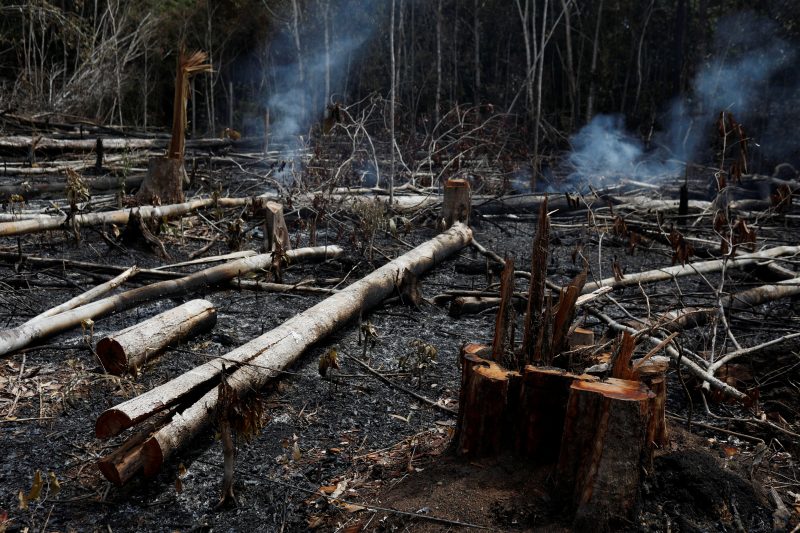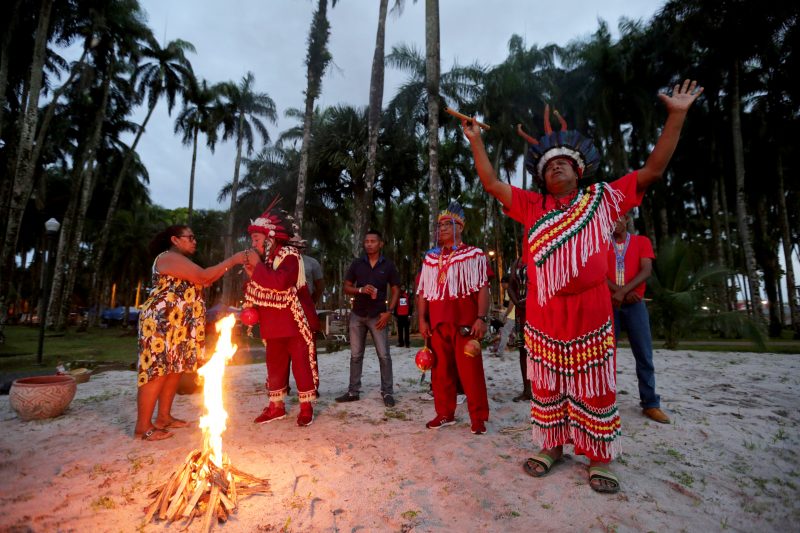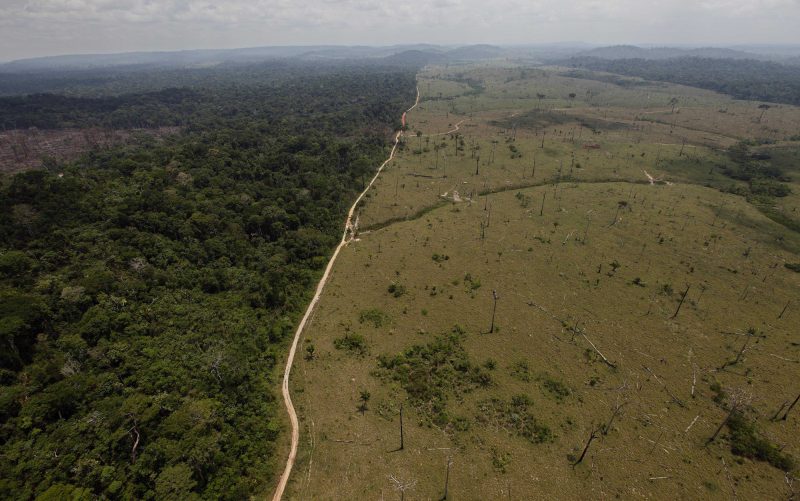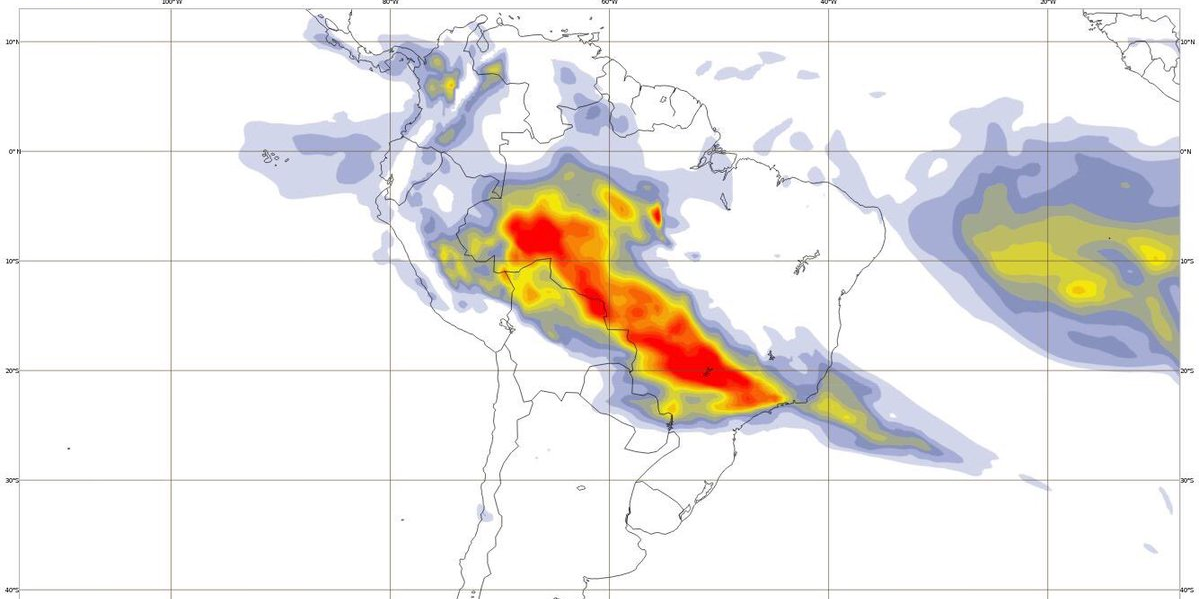- The Amazon rainforest provides 20% of the world’s oxygen, but its destruction could cause it not only to stop helping the planet, but to start releasing carbon and worsening climate change.
- A “dieback” scenario could see rising temperatures drying trees, meaning they absorb less carbon and become more flammable, eventually turning the rainforest into a savannah that releases billions of tonnes of stored carbon.
- Researchers debate how likely the scenario is, but fears have heightened under Brazil’s new president, who has advocated for the expansion of industry in the region, which involves burning and cutting down trees.
- A record number of fires have hit the Amazon this year, with more than 74,000 recorded in 2019, and experts say they are due to human activity.
- Visit Business Insider’s homepage for more stories
The record number of fires raging across the Amazon rainforest in 2019 could be part of a doomsday “dieback” scenario that sees the rainforest spewing carbon into the atmosphere and speeding up climate change even further.
More than 74,000 fires have been recorded this year in the rainforest, which produces more than 20% of the world’s oxygen, threatening its future, the billions of plants and animals that call it home, and possibly the entire planet’s health.
If more of the Amazon is destroyed, it would not only stop producing this oxygen and supporting this wildlife, but could create a feedback loop that worsens climate change.
Read more: Here’s what you can do to help the burning, ravaged Amazon rainforest
The "dieback" process, in which climate change speeds up the loss of trees and turns it into a different landscape, could start with just some of the Amazon being destroyed, as Business Insider's Aylin Woodward reported.
Losing 20% of Brazil's rainforest could result in a feedback loop that would dry trees, leaving them unable to absorb as much carbon, and also becoming much more flammable and likely to spread fire themselves, researchers from three British universities wrote in a post for The Conversation.

This tipping point could cause the Amazon to devolve from a rainforest to a barren, savannah-like landscape that not only fails to produce oxygen but could cause the release of the 140 billion tons of carbon that had been stored in the rainforest into the atmosphere, the Rainforest Trust noted in a 2017 post.
Rising global temperatures also threaten the future of remaining trees to act as an aid to the planet: one 2000 study found that rising temperatures could stop trees in the Amazon absorbing oxygen by as early as 2050, and that they could start to emit carbon instead.

Some studies label this scenario as "improbable," but fears for the rainforest's future have been heightened as human destruction of the Amazon speeds up.
Brazilian President Jair Bolsonaro has advocated for industrial development in the Amazon and has tried to blame NGOs for the current fires, with no evidence.
According to The Guardian, July 2019 saw the most deforestation ever in the Amazon as farmers and logging companies heightened their presence in the region.
Satellite data in July showed that a soccer-pitch-sized area of the rainforest was being cleared every minute.

Wildfires have always occurred in the Amazon, but they are sped up by hot, dry, conditions, and some of the fires are started by those engaging in farming and logging
On Wednesday the Brazilian city of São Paulo, which is 2,000 miles from the rainforest, was plunged into darkness as smoke from the fires obscured the sun.
Ricardo Mello, head of the World Wide Fund for Nature (WWF) Amazon Programme, said that the fires were "a consequence of the increase in deforestation seen in recent figures," the BBC reported.

